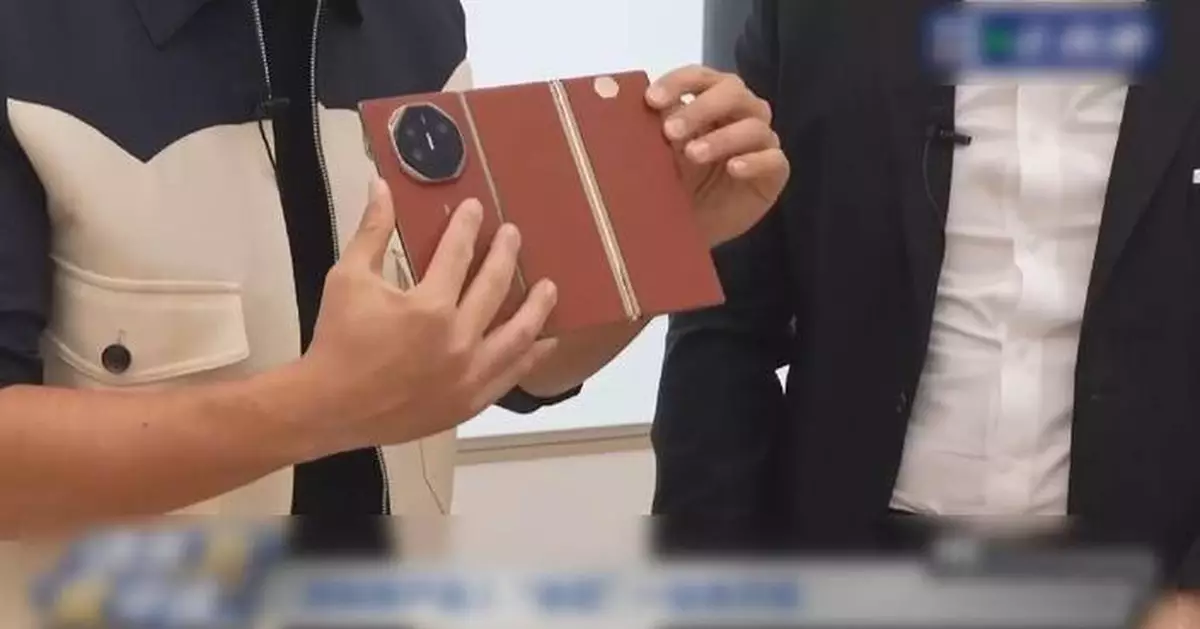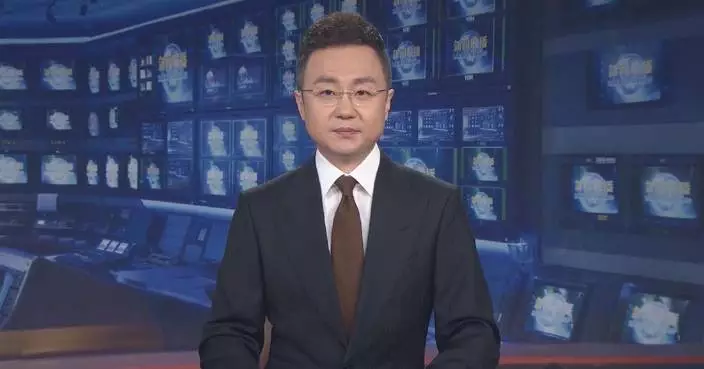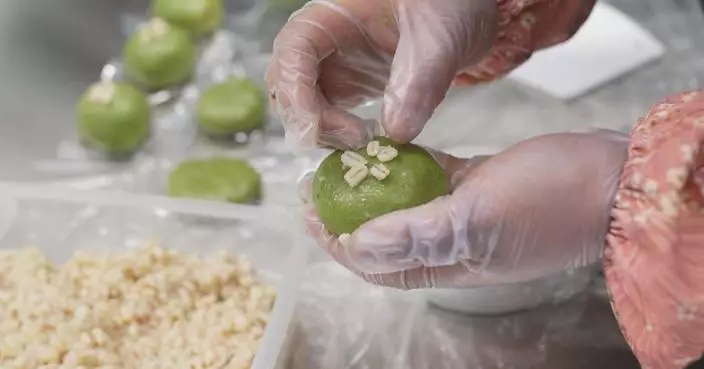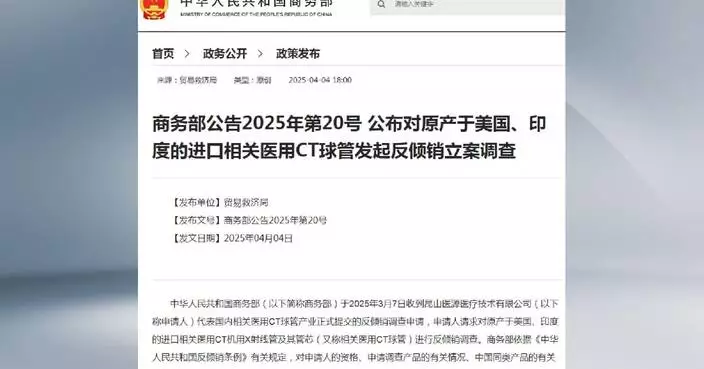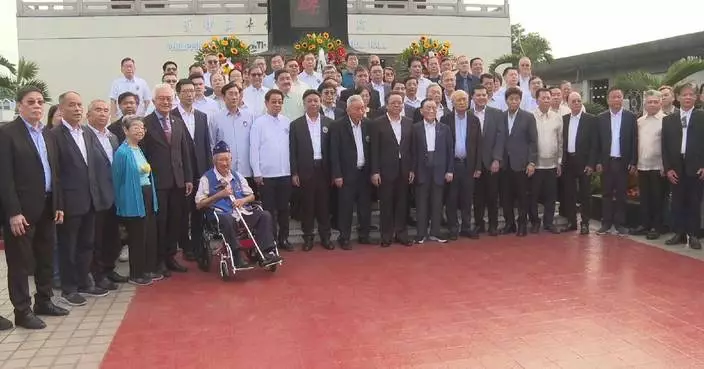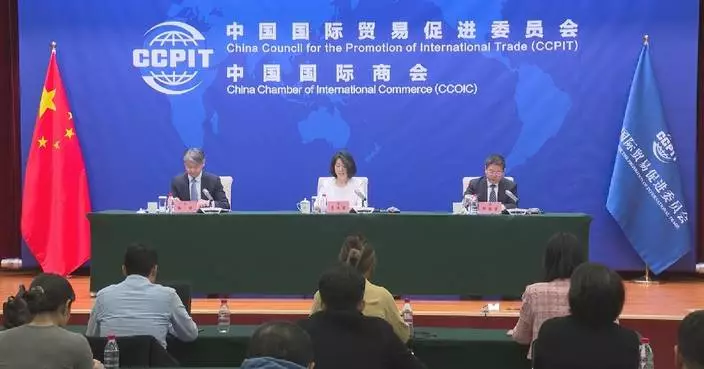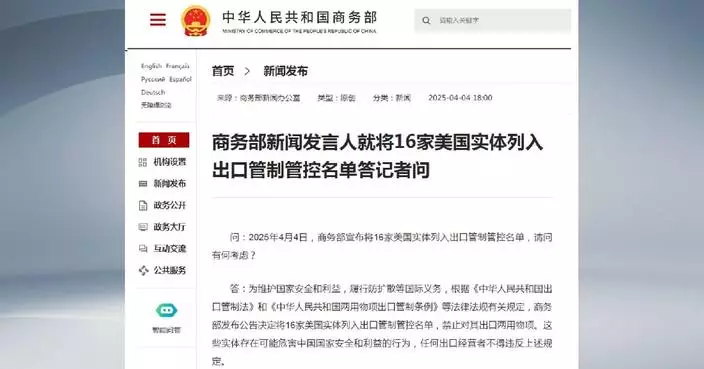Chinese tech giant Huawei delivered its newly launched Mate XT, the world's first tri-fold phone, at a flagship store in Shanghai on Friday.
Huawei's Executive Director, Yu Chengdong, personally delivered the first batch of phones to users and unboxed the Mate XT during a live stream on China Central Television (CCTV).
Since its launch on September 10, Mate XT has received more than six million preorders online. Yu said Huawei is working overtime to expand production capacity to meet the high demands.
"The immense consumer support following the launch is our greatest encouragement. Many of the components in this phone use domestic technologies, chips, and production process. Since the sanctions were imposed, we have mastered key technologies independently as some of the components are no longer available," said Yu.
The Mate XT features a 10.2-inch (25.908 cm) screen and is just 3.6 millimeters thick when unfolded, making it the largest and thinnest folding screen phone on the market. To achieve this sleek design, the Mate XT incorporates a high-capacity battery constructed with the thinnest silicon anode material available globally, with each cell measuring an impressive 1.9 millimeters in thickness.
Mate XT offers a versatile design with single, dual, and triple-screen modes, allowing for flexible transitions between different forms. Yu noted that Huawei has dedicated five years to pioneering its innovative hinge mechanism, revolutionizing traditional designs by enabling inward and outward folding.
Mate XT is sold at a starting price of 19,999 yuan (about 2,800 U.S. dollars).
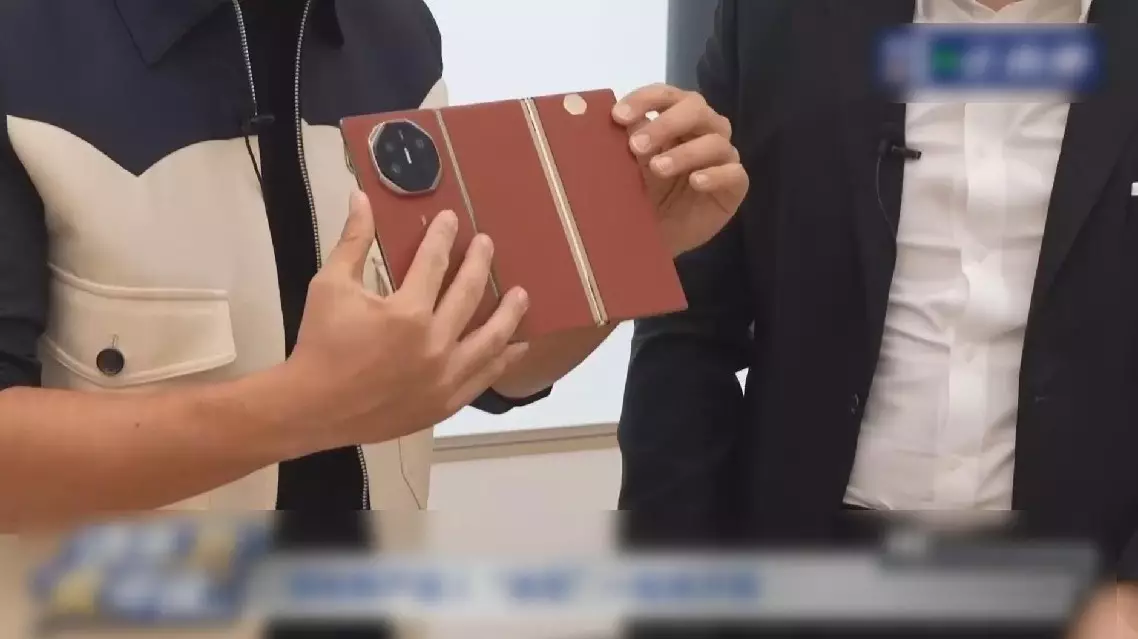
Huawei delivers newly launched Mate XT, world's first tri-fold phone, at Shanghai flagship store
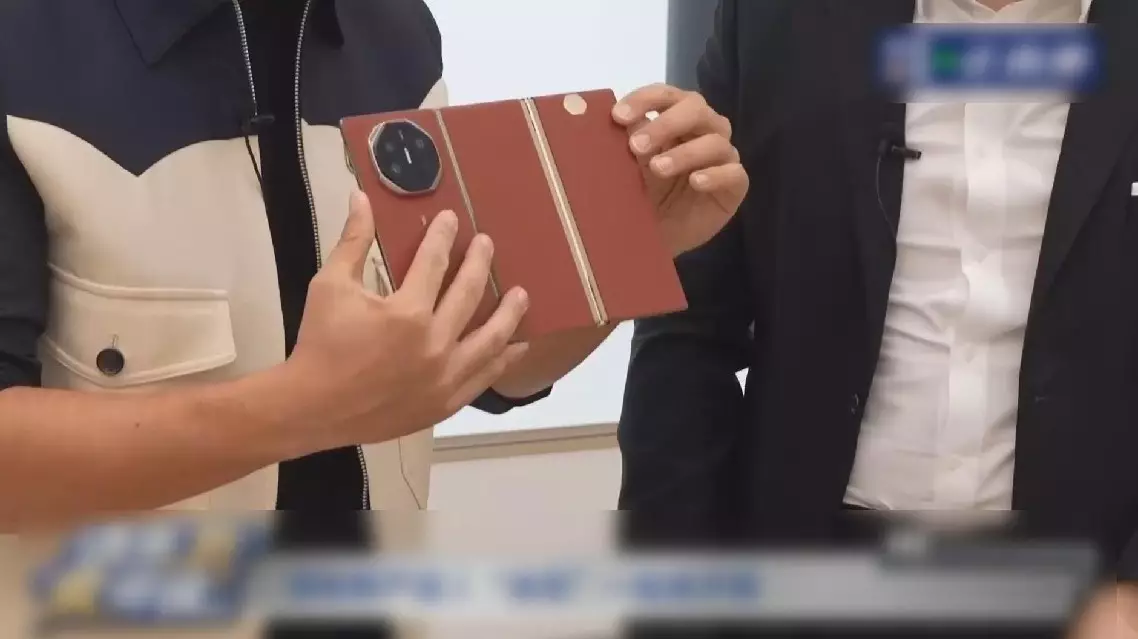
Huawei delivers newly launched Mate XT, world's first tri-fold phone, at Shanghai flagship store
As the Qingming Festival approaches this Friday, various traditional folk activities have been held across China, celebrating the rich cultural heritage of the occasion.
With a 2,500-year history, Qingming Festival, or the Festival of Pure Brightness, observed in early April, uniquely combines ancestral worship with the celebration of spring. Falling on the 15th day after the spring equinox, this ritual-rich observance reflects China's enduring values of ancestral veneration and inspires deep introspection about what gives life meaning.
In Sijia Village, Huayin City, northwest China’s Shaanxi Province, a unique swing festival is held to mark the occasion. Eighteen different types of traditional swings, such as the spinning wheel swing, the Bagua swing reminiscent of a rotating carousel, and the balance swing designed for two people, have attracted many visitors.
Historically, Sijia Village served as a military post guarding the strategic Tongguan pass, a former mountain pass and fortress located south of the confluence of the Wei and Yellow Rivers. The swing tradition in the village has its origins in military training exercises like climbing and river crossing. The local swing culture further developed as regional trade flourished, eventually evolving into the "swing festival" that continues today.
"It's very exciting and tests your skill, endurance, and most importantly, your arm strength. You need to maintain balance," said Qu Xiangyang, a visitor.
In Rudong County, Nantong City, east China's Jiangsu Province, another traditional Qingming activity takes place - kite flying.
Flying kites as a way of making wishes is an age-old Qingming custom in this region. As a result, the Qingming Festival in Nantong is also known as the "Kite Festival."
The local Banyao whistling kite making skills is listed as one of the first national intangible cultural heritage items.
According to a folk culture expert, people traditionally write the names of diseases or misfortunes on paper, attach it to a kite, and release it into the sky. This practice is believed to drive away illness and disaster, while also serving as a way to make wishes.
In south China's Guangdong Province, a large tug-of-war competition is underway in Maoming City. Teams from different towns and streets are competing, attracting many locals to cheer on their teams.
Tug-of-war, which originated during the late Spring and Autumn period (770 BC - 476 BC), became part of Qingming customs during the Tang Dynasty (618-907). Emperor Xuanzong of the Tang Dynasty once organized large-scale tug-of-war competitions for the festival.
"Tug-of-war became very popular in the Tang Dynasty, even emerging as the national sport. It originated in the Jingchu region and later spread across the country. In ancient Lingnan (Southern China), tug-of-war games were a common tradition. Through these events, people seek to pray for peace, prosperity, and abundant harvests," said Yao Guojun, vice dean of the College of Arts and Law, Guangdong University of Petrochemical Technology.
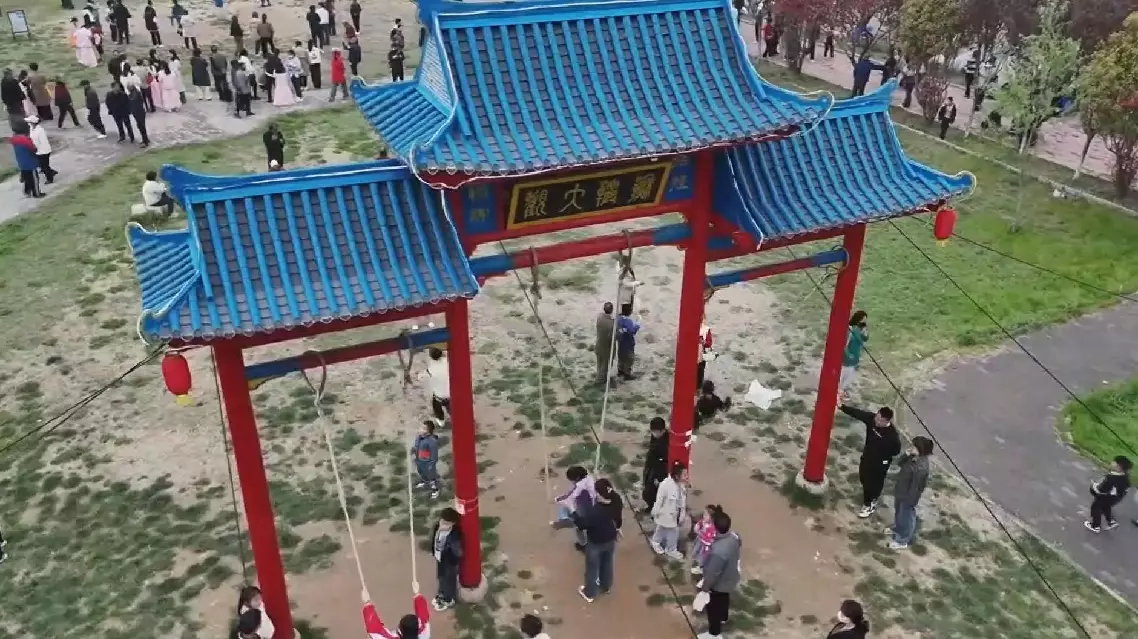
Traditional folk activities held for Qingming Festival




